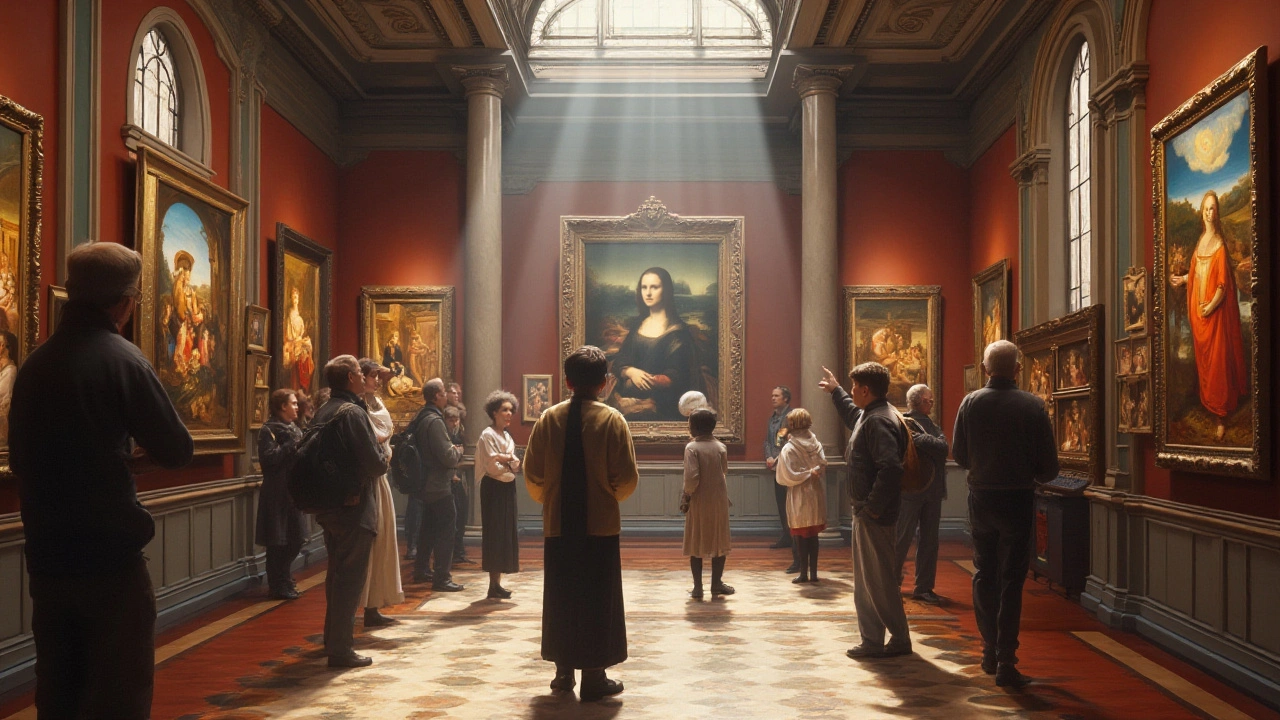Renaissance Art offers a fascinating view into a time when creativity flourished and boundaries were pushed. This article delves into the key aspects of the Renaissance period, highlighting the significant artists, artistic techniques, and cultural influences that shaped this extraordinary era. Learn about the impact of Renaissance art on modern times and discover tips for appreciating these historical masterpieces.
Historic Creativity: Learn from Classic Architecture
Old buildings are not just old. They carry smart solutions, clear proportions, and bold details that still work today. If you want useful design ideas, look at history. It teaches simple lessons you can use in homes, offices, and public spaces without copying the past wholesale.
Start by training your eye. Notice how Georgian homes use symmetry to make small facades feel balanced. Spot Baroque buildings by their drama—curves, deep shadow, and rich ornament. See how Roman architecture used arches and concrete to span wide spaces with fewer materials. Each era solved real problems. Learn the problem before you lift the solution.
Use history without wearing a costume
You don’t need to recreate an old room to borrow good ideas. Take a clear element—a column, an arch, a window proportion—and simplify it. For example, use a plain vertical pilaster instead of a heavy column to suggest rhythm without weight. Or mirror a classic cornice line as a modern shadow gap above cabinets. That gives a room character without faking age.
Materials matter. Old techniques often used local stone, brick, or timber because those lasted and improved comfort. Today you can match that performance with modern versions: reclaimed wood, thin brick veneer, or insulated masonry panels. These choices bring texture and history while meeting current codes and energy needs.
Practical steps for designers and homeowners
If you’re renovating, document what’s original before changing anything. A photo record helps you decide what to restore and what to rework. Next, protect key features like original windows, staircases, and moldings. Often a well-maintained original element adds more value than a full modern replacement.
When you want historic character on a budget, pick one focal element per room. A period-accurate door, a classic tile pattern, or a simple crown molding will read as intentional. Pair that with clean, contemporary finishes so the overall look feels fresh instead of staged.
For preservation projects, think about reversible interventions. Use attachments that can be removed without damage and choose paints and sealants that won’t harm old materials. If you must add new systems—HVAC, wiring, insulation—plan their routes so they don’t cut through important historic fabric.
Finally, study sources. Read about Colonial, Renaissance, Beaux-Arts, Greek Revival, and other styles to see recurring ideas: proportion, repetition, hierarchy. Then test those ideas at a small scale. Sketch, mock up, and try samples in the space. Historic creativity isn’t copying; it’s learning proven solutions and adapting them for today.
Want quick reads? Browse the tag posts for focused guides on each style, from Roman concrete tricks to Beaux-Arts city planning. Apply one clear lesson from history to your next project and you’ll see how old creativity can make new work feel grounded and smart.

